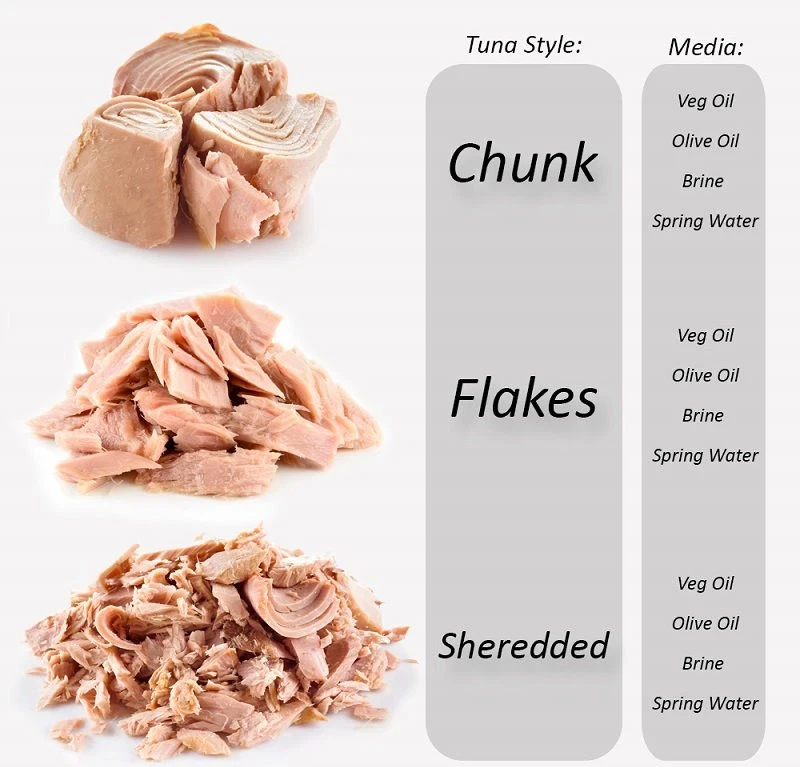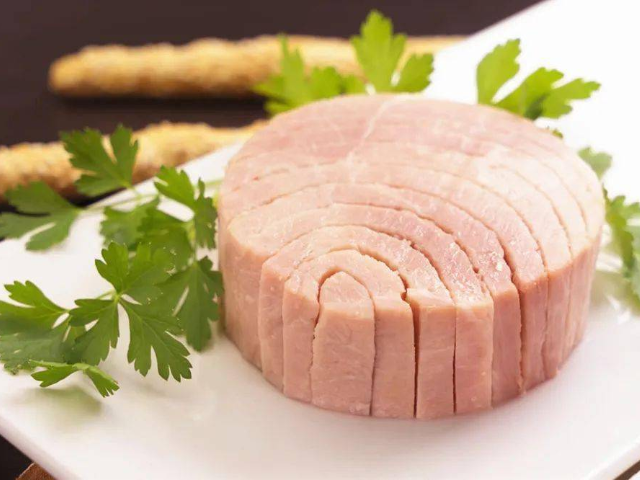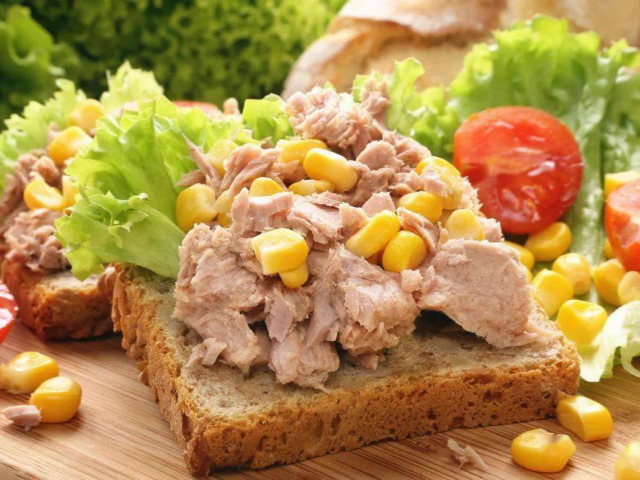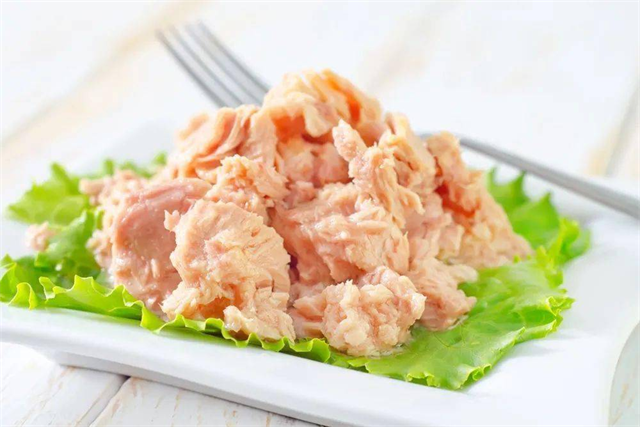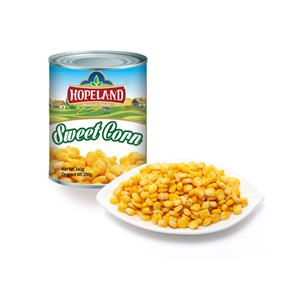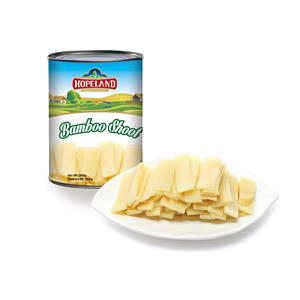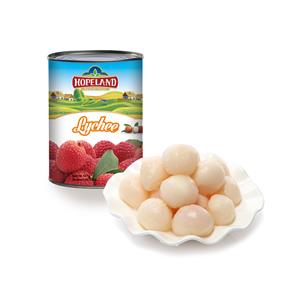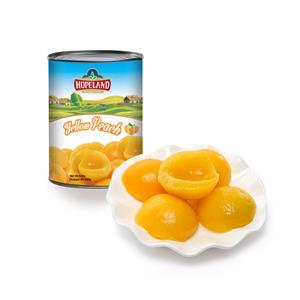Understanding the Different Cuts of Canned Tuna: Chunk, Flakes, and Shredded
When shopping for canned tuna, you might notice different descriptors on the labels, such as "chunk," "flakes," and "shredded." These terms primarily refer to the cut and texture of the tuna inside the can, which can significantly influence both culinary uses and the manufacturing cost of the product. In this post, we’ll break down these three popular types of canned tuna, helping you choose the best option for your dishes.
Texture and Uses
Chunk tuna features larger pieces that maintain the original texture and shape of the fish. This type has a firmer texture, making it ideal for dishes where you want distinct, hearty pieces of tuna. Popular uses include salads, sandwiches, and casseroles, where the chunkiness adds a satisfying bite.
Manufacturing Cost
Typically, chunk tuna is made from higher-quality cuts of the fish, such as the loin or belly. These premium parts are known for their superior texture and flavor. Processing chunk tuna requires careful handling to preserve the integrity of the fish, often leading to higher production costs. The labor-intensive nature of this process, combined with the selection of top-quality fish parts, contributes to chunk tuna’s elevated price point.
Texture and Uses
Flakes are smaller and less uniform than chunks, yet they still retain a good structure with a noticeable thickness. This texture offers a balance between chunkiness and ease of mixing, making flaked tuna suitable for a variety of dishes, such as tuna casserole, fried rice, or tuna patties. The versatility of flakes makes them a favorite for many home cooks.
Manufacturing Cost
Flake cuts are generally made from smaller or slightly lower-quality pieces of tuna, including trimmings from the chunk cutting process. This efficient use of material reduces waste and lowers production costs, making flakes a cost-effective option that doesn’t compromise much on quality. The ability to utilize more of the fish ensures that flaked tuna remains a popular choice without breaking the bank.
Texture and Uses
Shredded tuna is finely cut into thin strips or small pieces, resulting in a more crumbled texture with little to no large chunks. This type is perfect for recipes where you want the tuna to blend seamlessly with other ingredients, such as toppings for pizzas, in seasoned rice dishes, or as a filling for wraps. Its subtle texture allows it to integrate well without dominating the dish.
Manufacturing Cost
Shredded tuna typically utilizes leftover pieces from other cuts, making it the most economical option on the market. The production process is highly mechanized, allowing for greater efficiency and lower costs due to the utilization of less desirable parts of the fish. This approach not only makes shredded tuna budget-friendly but also promotes sustainability by minimizing waste.
Choosing the Right Type for Your Dish
The choice between chunk, flakes, and shredded tuna largely depends on your culinary needs and preferences. If you’re looking for pronounced fish texture in your dishes, chunk or flakes are the best options. Chunk tuna shines in recipes where the fish’s presence is prominent, while flakes provide a versatile choice for a range of mixed dishes.
For recipes where tuna is meant to meld into the overall flavor profile, shredded tuna makes an excellent choice. Its finer texture allows it to blend well with other ingredients, enhancing the dish without overshadowing it.
Cost Considerations
From a manufacturing perspective, the cost of canned tuna varies based on the type of cut. Chunk tuna is generally the most expensive, owing to the use of high-quality parts and meticulous processing methods. Flakes offer a middle ground, utilizing more of the fish and effectively reducing waste. Shredded tuna, being the most affordable option, makes efficient use of all available fish parts while streamlining the manufacturing process.
Conclusion
Understanding the differences between chunk, flakes, and shredded tuna can help you make more informed choices based on your cooking style, budget, and taste preferences. By selecting the right type of canned tuna for your needs, you can enhance your dishes and enjoy the full range of flavors that canned tuna has to offer. Whether you’re preparing a hearty salad, a comforting casserole, or a quick meal, knowing the distinctions between these cuts will empower you to create delicious meals with ease.

